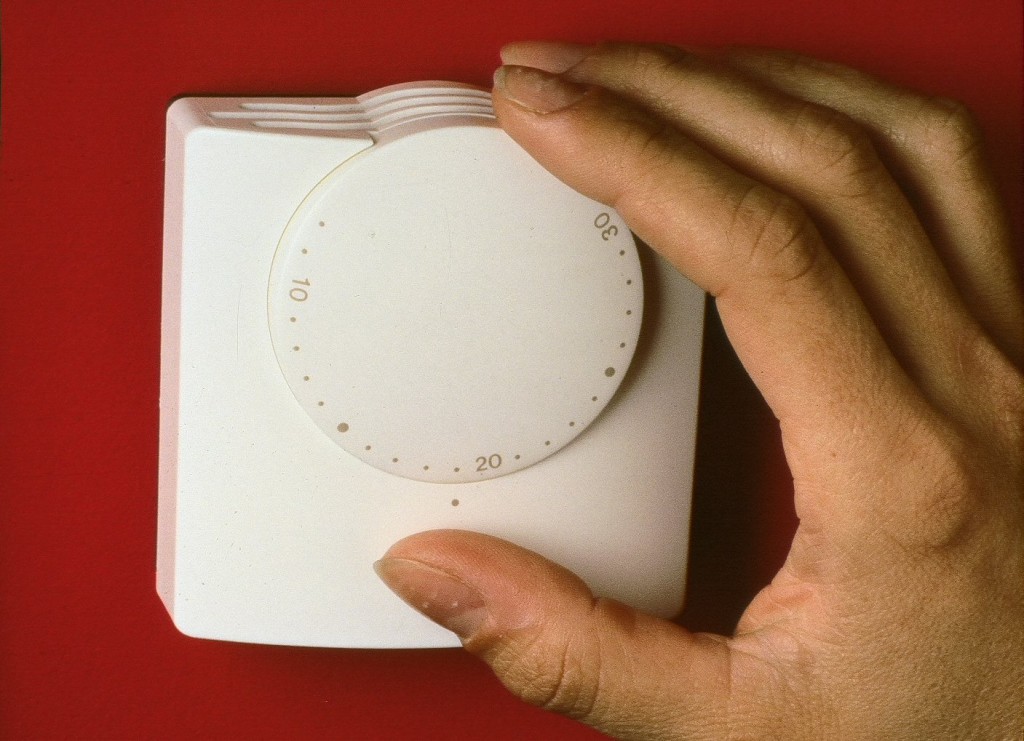Overview of the thermostat: what it does, how it works and how it works with npower tariffs
Automation systems in the home are gathering pace with the long anticipated ‘internet of things’ becoming more of a reality every single day.
With everything from fridges to coffee makers soon to be hooked up to the internet with their own IP addresses and two-way communication capabilities, it is no surprise that home heating systems are leading the way where consumer take-up is concerned.
Control and automation go hand in hand, and as recently pointed out by The Guardian, both retailers and technology production firms are increasingly keen to get in on the act.
In the UK…
Gas and electricity tariffs are never far from the headlines, which is why the new Nest Intelligent Thermostat tariff from npower looks set to be at the forefront of the automated home heating debate this winter. Gas and electricity tariffs vary on a number of factors and it’s important that you choose one which is designed to work in harmony with your home and its heating system. Some homeowners opt for heating oil to heat their home, so they will need to look at ways they can implement technology as well as find the best-priced oil for their needs. This includes looking into websites such as https://www.bondedoil.com as well as discussing options with a local service so that they can come to the best conclusion.
The Nest Intelligent Thermostat is a heating programmer and thermostat combined in one unit. Essentially it programs itself to control your home and its temperature without any input from you; automatically turning down the heat when you’re away and allowing remote control via an internet connection should you want to override any changes or set your own schedule.
The company that actually make the gadget was acquired by Google in a $3.2bn deal earlier this year and many observers believe this could signal an exponential speeding up of the acceptance of automation products in the home.
How does it work?
The device is a ‘learning thermostat’ which programmes itself to create a personalised schedule based on the temperature changes you’ve made and continually adapts to your daily routines. Part of this is automatically turning itself down when you are out so that energy isn’t wasted heating an empty home.
However, the remote control facilities mean that you can stay in control at all times by making changes via your smartphone, tablet, laptop or other internet-enabled device.
Who can use it?
Most modern central heating systems will be compatible with the device although larger properties that have two separate time and temperature controlled heating zones will require two Nest Thermostats meaning initial installation costs will be higher.
Electric storage heating, electric under-floor heating and biomass boilers aren’t compatible and it’s worth remembering that the Nest Learning Thermostat only controls central heating systems and not the water heater.
A desktop computer, laptop, tablet or smartphone running Apple iOS or Android and with an up-to-date web browser installed is also needed if making full use of the system. Internet access via a live broadband connection needs to be in place and your thermostat will be connected wirelessly to your domestic Wi-Fi router to receive any instructions sent







